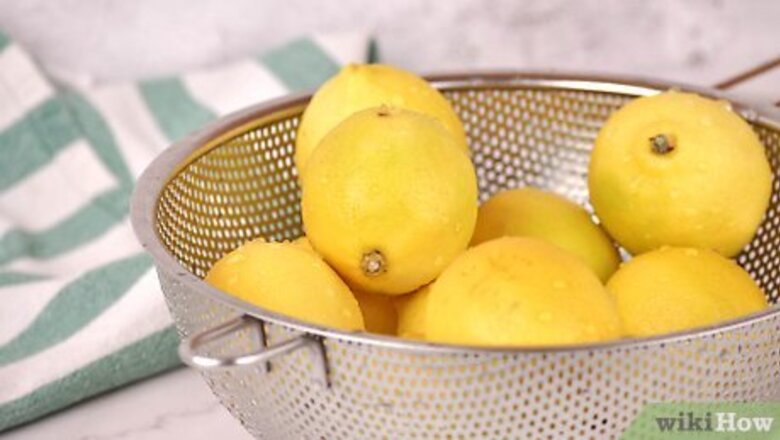
views
Making Lemon Oil on the Stovetop
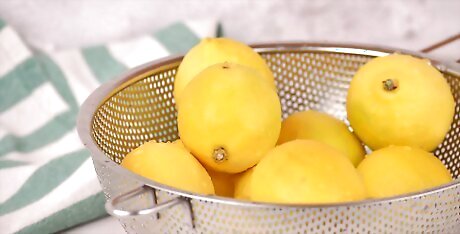
Wash and dry 5-6 lemons. Peel the stickers off the lemons and rinse them under cold water. As you rinse the lemons, scrub them with a sponge or vegetable brush to remove pesticides and dirt. Afterward, dry the lemons with a rag or paper towels. Cleaning the lemons will prevent pesticides from mixing with your lemon oil.

Peel the skin off the lemons with a peeler or zester. If you don’t have a peeler or zester, you can use a knife or cheese grater to remove the skin. Scrape the outside of the lemon with the peeler and remove the skin in long strips. Place the peels in a bowl and set them aside for later. The yellow portion of the skin is the part of the lemon that contains oil. You don't have to peel the white portion of the lemon.
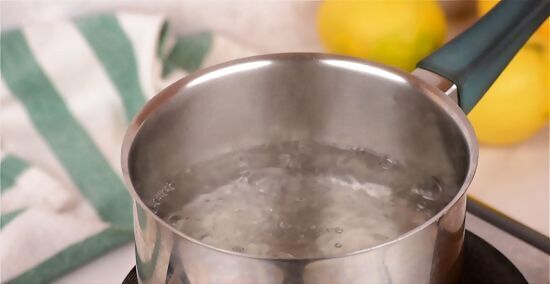
Boil half a pot of water on your stovetop, then turn the heat to low. If you own a double boiler, you can use it to create the lemon oil. If you don’t, you can use a regular pot. Fill the pot halfway up with water on your stovetop and set the temperature to high. Wait for bubbles to break the surface of the water and then turn the temperature to the lowest setting on your stove. If you’re using a regular pot, leave enough room in the pot to fit a bowl. Once you turn the temperature down, the water should stop boiling. It’s essential you turn the stove to the lowest temperature setting so that you don’t boil your lemon oil.
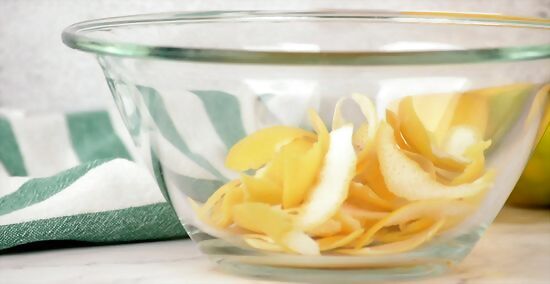
Place the lemon peel and 1 cup (240 ml) of coconut oil into a bowl. If you’re using a double boiler, pour the coconut oil and lemon peel into the top part of the boiler. If not, pour the oil into a bowl that’s small enough to fit into the pot. You can use grapeseed and sweet almond oil as an alternative to coconut oil.
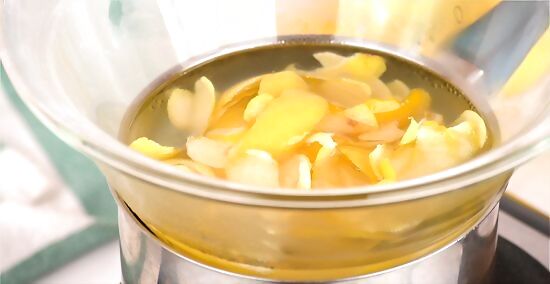
Place the bowl into the pot of water and let it simmer for 2-3 hours. Slowly lower the bowl containing oil and lemon peels into the hot water. Monitor the lemon oil to ensure that it doesn’t boil. Wear a pair of oven mitts so that you don’t burn your hands. The low heat will slowly extract all of the natural oils from the lemon peel and infuse it into the coconut oil.
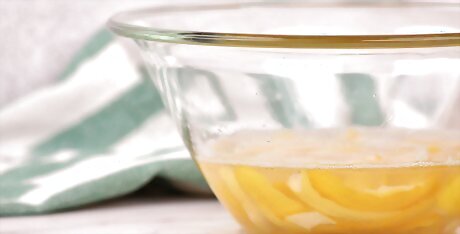
Let the oil cool for 2-3 hours. Wear a pair of oven mitts when touching the hot bowl. Turn the stovetop off and remove the bowl from the pot of water. Set the oil on your countertop and cover it with aluminum foil or plastic wrap. Wait until the oil cools to room temperature before moving to the next step.
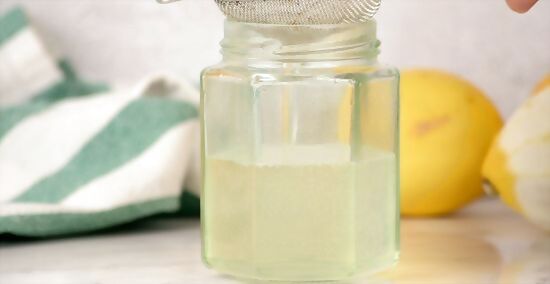
Strain the oil into a jar. Use a strainer or piece of cheesecloth to strain the lemon oil and separate the lemon peels from the oil. If you’ve done everything correctly, the natural oils in the lemon should be infused with the oil that you used. Use a jar that has an airtight lid to increase the longevity of your lemon oil.
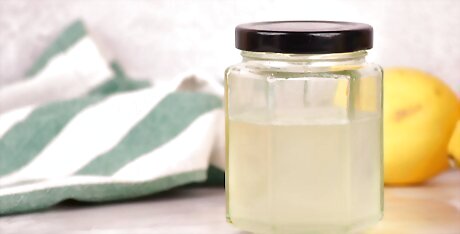
Store the jar in a dark, cool area. Store the lemon oil in a cool, dark area like the refrigerator or pantry. You can store the lemon oil for up to a month before it expires.
Using the Cold Press Method
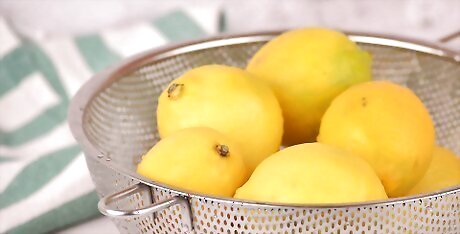
Clean 5-6 lemons under cold water. Rinse the lemons under cold water from your faucet and scrub them down with a coarse sponge or vegetable brush. Remove any stickers that are on the lemons and dry them with a rag or paper towels. Cleaning your lemons ensures that the lemon oil will be pure and untainted by harmful pesticides.
Remove the peel and pack it in an airtight jar. Use a knife, vegetable peeler, or zester to peel the skin. Remove the skin in long strips and place the strips into a jar with a lid. You only have to remove the yellow portion of the peel, as this is the part that contains the lemon oil. Use a jar that can hold 16 fluid ounces (470 ml). You can also use lemon zest instead of lemon peels.
Pour enough oil into the jar to cover the peels. Fill the jar with 1 cup (240 ml) of grapeseed, sweet almond, or coconut oil. The oil should cover the peels that you packed on the bottom of the jar. Screw the lid onto the jar and shake the solution. Argan, jojoba, or olive oil will also work well for this.
Keep the jar on a sunny windowsill and shake it once a day for 2 weeks. Shake the jar daily to mix the lemon oil and coconut, grapeseed, or almond oil together. The natural oil in the lemon will infuse with the oil that you added to the jar. The low heat from the sunlight will help infuse the oils together.
Strain the oil to separate the peels from the oil. Pour the oil into a strainer or cheesecloth over a bowl. This will separate the lemon peels from the infused oils. Throw the lemon peels in the trash after you've strained them.
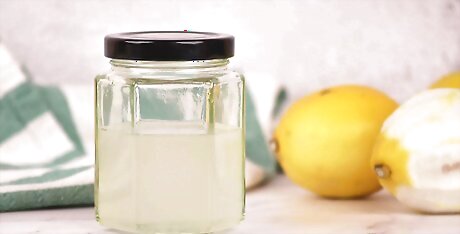
Store the oil in a cool, dark place for up to a month. Keep the oil in the airtight jar and store it in the refrigerator or cabinet. You can now use the oils to clean or as a natural skin care product.



















Comments
0 comment